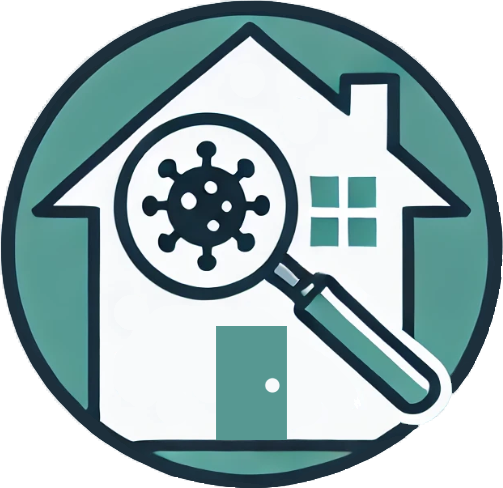FLIR Thermal Imaging for Early Mold Prevention
Overview
Forward-Looking Infrared (FLIR) thermal imaging has become one of the most valuable tools in modern building diagnostics. It allows inspectors and environmental professionals to identify early indicators of potential mold growth by detecting subtle temperature variations that often signal hidden moisture problems. Because moisture is the primary driver of indoor mold development, thermal imaging provides a proactive method of prevention rather than reactive remediation.
How Thermal Imaging Works
FLIR cameras detect infrared radiation — essentially the heat energy emitted by objects — and convert those readings into visible color maps known as thermograms. Areas of a building that are cooler than their surroundings may indicate evaporative cooling caused by moisture accumulation. These patterns can reveal hidden leaks, insulation gaps, or condensation zones long before surface discoloration or odor makes the issue apparent.
When interpreted correctly, these thermal gradients can pinpoint areas of concern behind walls, under floors, and above ceilings without any need for destructive testing. This allows for early corrective measures that prevent mold colonization and structural deterioration.
Common Applications in Mold Prevention
Thermal imaging is most effective when integrated into routine building maintenance or after weather events that introduce moisture, such as heavy rain or flooding. Common applications include:
- Roof and ceiling inspections: Detecting leaks from damaged shingles, flashing, or HVAC condensation lines.
- Wall cavity assessments: Identifying trapped moisture within drywall or insulation that could foster mold growth.
- Foundation and crawl space monitoring: Locating cold, damp zones that may indicate groundwater intrusion.
- Plumbing system checks: Spotting slow or intermittent leaks that might go unnoticed until mold appears.
By mapping these thermal signatures, professionals can focus air and surface sampling, moisture meter testing, and remediation efforts more precisely.
Advantages Over Traditional Methods
Traditional moisture detection tools, such as pin-type or non-invasive moisture meters, provide only localized readings. In contrast, thermal imaging scans entire surfaces in real time, revealing patterns that might otherwise be missed. This holistic approach enables:
- Early detection before physical symptoms arise.
- Reduced reliance on guesswork or unnecessary wall removal.
- Improved long-term maintenance planning and documentation.
Because FLIR imaging identifies conditions conducive to mold — rather than mold itself — it is best used as a preventive and investigative complement to professional inspection and laboratory testing.
Conclusion
Mold prevention begins with understanding where and why moisture accumulates. FLIR thermal imaging provides a scientific, non-invasive method to visualize those hidden risks, offering homeowners and building managers the opportunity to intervene early. When combined with proper ventilation, humidity control, and prompt leak repair, thermal imaging plays a critical role in maintaining a dry, healthy indoor environment.
